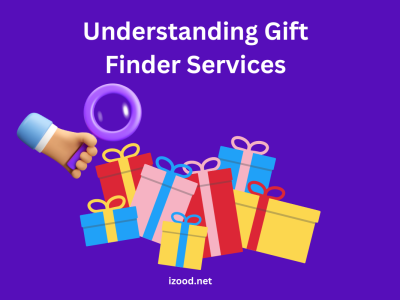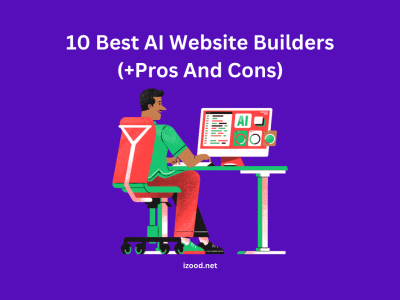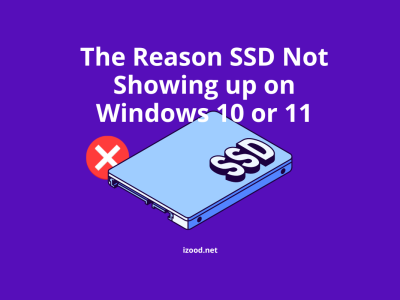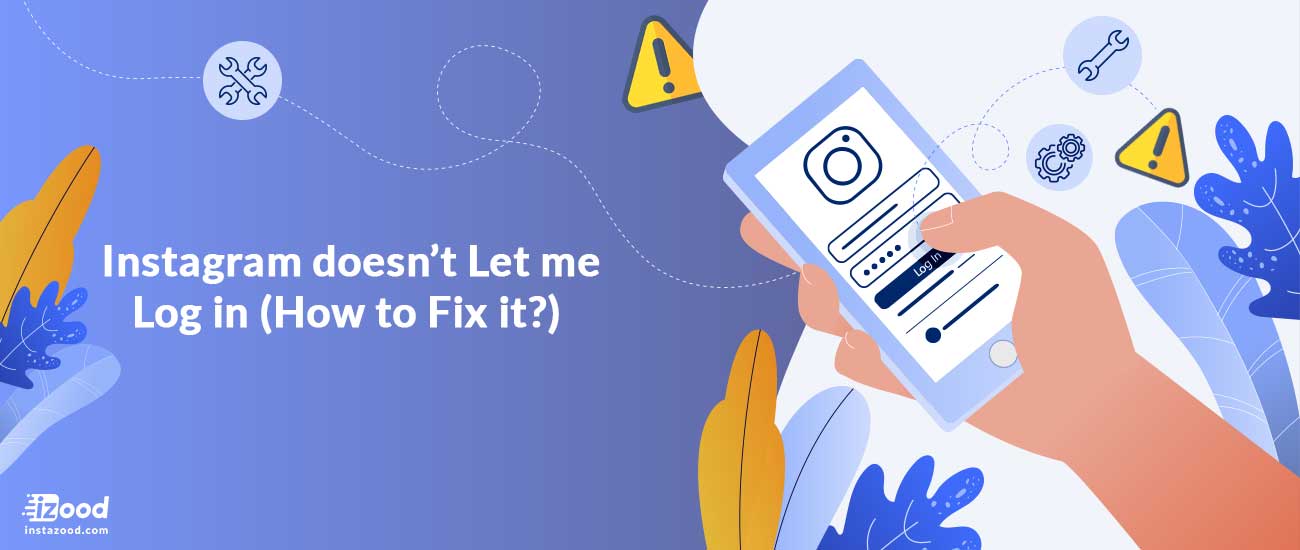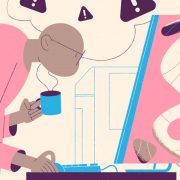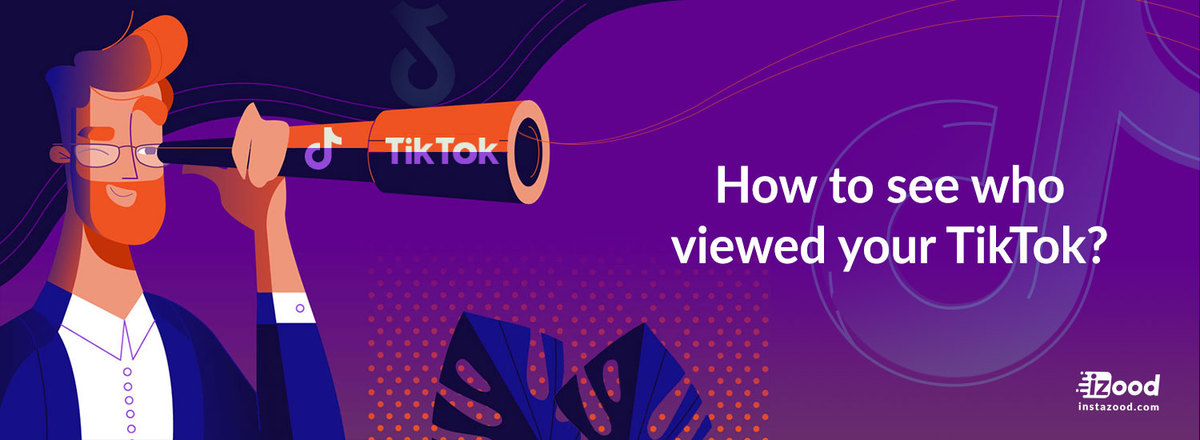Design plays a pivotal role in the success of SaaS products, extending beyond aesthetics to encompass usability, functionality, and the overall user experience. In today’s highly competitive SaaS industry, where users have high expectations, a well-designed product can make a significant difference.
Good SaaS design has a direct impact on the user experience (UX) of a SaaS product. Intuitive navigation, clear workflows, and visually appealing interfaces can enhance usability, making it easier for users to accomplish their tasks and achieve their goals. A seamless and enjoyable UX not only boosts user satisfaction but also promotes user engagement and loyalty, leading to increased customer retention and positive word-of-mouth recommendations. In this article, we will delve into the importance of SaaS UI/UX design.
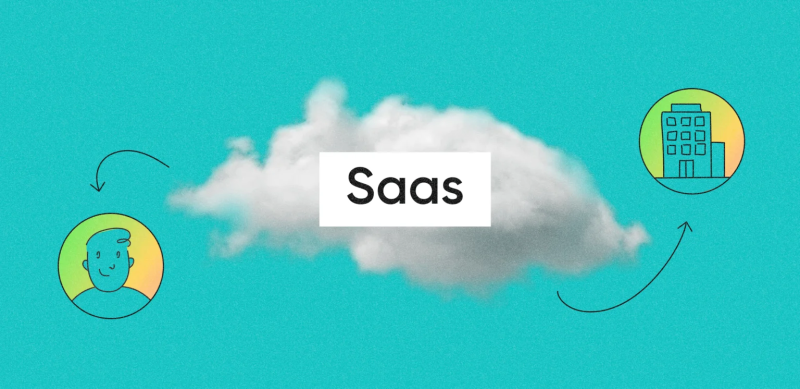
How UI/UX Enhances SaaS Product Performance?
The field of UI/UX design in SaaS applications is dynamic, and shaped by key industry trends. One prominent trend is the increasing focus on mobile-first and responsive design, as more users access SaaS products via mobile devices. This underscores the importance of creating intuitive and seamless user interfaces that adapt to different screen sizes and devices.
Another significant trend is the growing emphasis on personalization and customization in SaaS design. SaaS products that allow users to customize the interface and features according to their specific needs and preferences can significantly enhance user satisfaction and engagement. Examples include customizable dashboards, flexible settings, and personalized content, which enable SaaS companies to create unique and tailored experiences for their users.
Furthermore, there is a growing recognition of the importance of accessibility in UI/UX SaaS design. Ensuring that the interface and interactions are accessible to users with disabilities is not only a moral imperative but also expands the product’s user base. This can result in increased customer loyalty and a positive brand reputation.
By incorporating the latest design features into your SaaS design, you can differentiate yourself from the competition and reap a variety of benefits. Some of the advantages of incorporating quality design are:
- Enhanced User Experience (UX): Thoughtfully designed UI/UX can create a seamless and delightful experience for users, facilitating easy navigation, feature utilization, and goal achievement. This can result in heightened user satisfaction, engagement, and loyalty, leading to improved customer retention rates and positive word-of-mouth recommendations.
- Increased User Adoption: A user-friendly and visually appealing interface can attract more users to your SaaS product and motivate them to actively adopt and use it. This can lead to higher adoption rates, an expanded user base, and ultimately, increased revenue for the business.
- Competitive Advantage: In today’s competitive SaaS industry, a well-designed product can stand out from the competition. A visually appealing and user-friendly interface can attract potential customers, build trust, and create a positive impression. This can result in a competitive advantage, helping the business gain an edge over its rivals.
- Strong Brand Reputation: A well-designed UI/UX can establish a robust brand identity and market positioning. A product with a professional and visually appealing interface can convey the message that the product is reliable, credible, and worth trying. This can result in a positive brand reputation, which is crucial for long-term business success.
- Increased Business ROI: Investing in quality UI/UX SaaS design can yield a higher return on investment (ROI) for the business. A well-designed product that offers a superb user experience can lead to increased customer retention, higher user adoption, and positive brand reputation. This, in turn, can translate into higher customer lifetime value (CLTV) and increased revenue for the business.
Improving SaaS Product Design: 5 Proven Methods
User-Centric Design: Prioritizing the needs and preferences of users through user-centric design approaches, such as conducting user research, developing personas, and conducting usability testing, can result in a product that resonates with users and meets their expectations.
Responsive Design: Incorporating mobile-first and responsive design principles ensures that the product is accessible and usable across different devices and screen sizes, providing a seamless experience to users, regardless of the device they are using.
Personalization and Customization: Allowing users to personalize and customize the interface and features of the product according to their specific needs and preferences can enhance user satisfaction and engagement, leading to higher adoption rates and increased user retention.
Accessibility: Designing for accessibility ensures that the product is usable by all users, including those with disabilities. This includes considerations such as providing alternative text for images, using clear and readable fonts, and ensuring proper color contrast for users with visual impairments.
Visual Appeal and Branding: Creating a visually appealing and professional-looking interface that aligns with the brand identity can build trust, establish a positive brand reputation, and create a memorable impression on users.

Designing SaaS Products: Common Obstacles
- Complex User Workflows: SaaS design involves intricate workflows and user interactions. Designers may face challenges in creating a seamless and intuitive user experience while accommodating various user roles, permissions, and actions within the product.
- Scalability and Flexibility: SaaS products are designed to serve a large number of users with different requirements and use cases. Designers must consider how to make the product scalable and flexible to accommodate changing user needs, features, and integrations, while maintaining a consistent and coherent design.
- Data Visualization: SaaS products often handle large amounts of data that need to be presented in a meaningful and actionable way. Designers may encounter challenges in creating effective data visualizations that are easy to understand, interpret, and interact with.
- Security and Compliance: SaaS products store sensitive user data, and designers must ensure that the design adheres to security and compliance requirements. This may involve challenges in designing secure login and authentication processes, handling user permissions, and maintaining data privacy.
- Cross-Device and Cross-Platform Consistency: SaaS products are accessed by users on different devices and platforms, such as desktops, mobile devices, and web browsers. Designers may face challenges in creating a consistent user experience across different devices and platforms, while considering factors such as screen sizes, input methods, and performance.
- Integration with Third-Party Tools: SaaS products often need to integrate with various third-party tools and services. Designers must consider how to seamlessly integrate these external components into the product design, while maintaining consistency and usability.
- Collaboration and Communication: SaaS products include collaboration among team members, clients, and stakeholders. Designers may face challenges in designing collaboration features that are intuitive, efficient, and effective in facilitating communication and teamwork.
- Keeping Up with Changing Technologies: SaaS products are built on rapidly evolving technologies, and designers must stay updated with the latest design trends, tools, and technologies to create modern and effective product designs.
- Balancing Aesthetics and Functionality: Designers may face challenges in finding the right balance between aesthetics and functionality in SaaS design. While aesthetics play a crucial role in creating an appealing user interface, functionality and usability should not be compromised.
- Testing and Iteration: Designers may encounter challenges in conducting usability testing and gathering feedback from users during the design process. It may require iterative design cycles to continuously refine and optimize the product design based on user feedback and insights.
In conclusion, it can be stated that UI/UX SaaS design is a crucial element for SaaS businesses. High-quality design sets your business apart from competitors, enhances user retention through convenience, and drives revenue growth. Investing in UI/UX design is a wise decision that yields dividends and quickly recoups the initial investment.


